Top Pick for
AI smarts
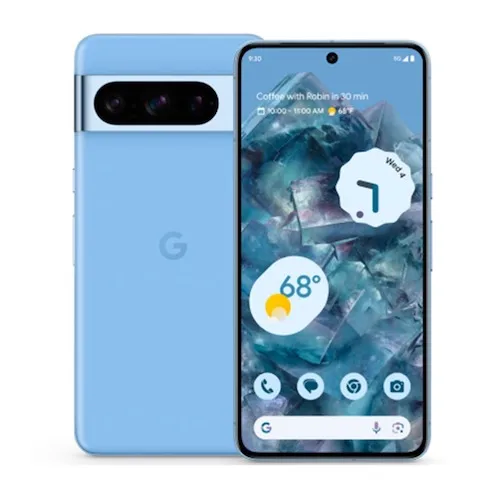
Top Pick for
AI smarts

Top Pick for
Low light
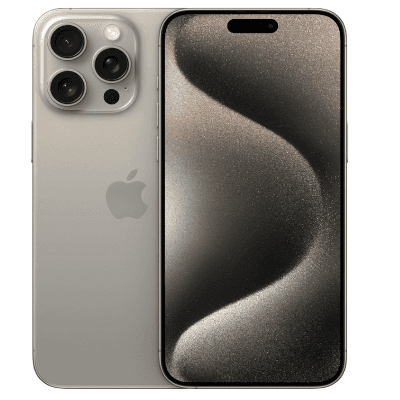
Top Pick for
HDR video
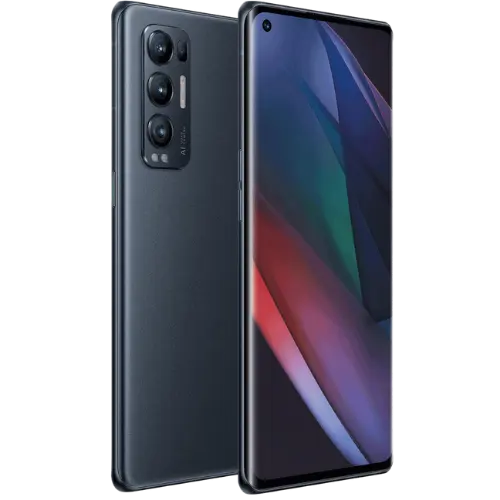
Top Pick for
Previous gen
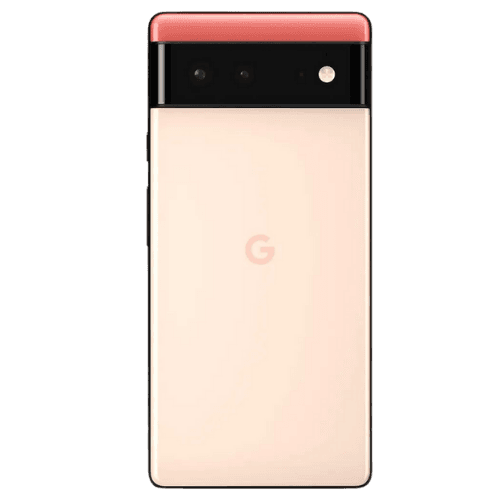
The camera on a phone is more than just the sum of its megapixels. For that reason, Finder's expert team of reviewers have extensively tested the cameras of every phone on this list. When we're reviewing a phone, we put a special focus on its camera capabilities because it's such a key value area for most smartphones.
Our editorial team chose the phones in this list based on a weighted balance of camera features, quality and our experiences when testing them, compared to other phones available in the market. The selection and order were not based on our overall phone review scores.
Note: Models released prior to 2023 are eligible for inclusion, provided the cameras still hold up and they remain available to purchase.
Read our full methodology below.
Compare the best camera phones of 2023

Google has taken the leap in terms of its camera system this year. Every camera on the Pixel 8 Pro has been upgraded, with wider apertures and upgraded imaging software.
The 50MP main camera also captures better photos in low-light settings compared to its predecessor. In addition, the 48MP ultra-wide lens has a larger sensor and higher resolution compared to the equivalent lens on the Pixel 7 Pro.
Other noteworthy features include improved Macro Focus, a 10x optical zoom and an ability to capture 56% more light with the telephoto lens.
In head-to-head low-light tests, it's equal to or better than the Apple and Samsung equivalents, while providing key AI features that novices will adore.
Indeed, where the camera system really shines is with its editing software, which uses generative AI to help you bring your photos to life.
There is something truly magical about the "Magic Eraser" feature that makes it simple to crop unwanted photobombers out of your shots, and likewise, its Motion features can add fun effects to your shots with ease.
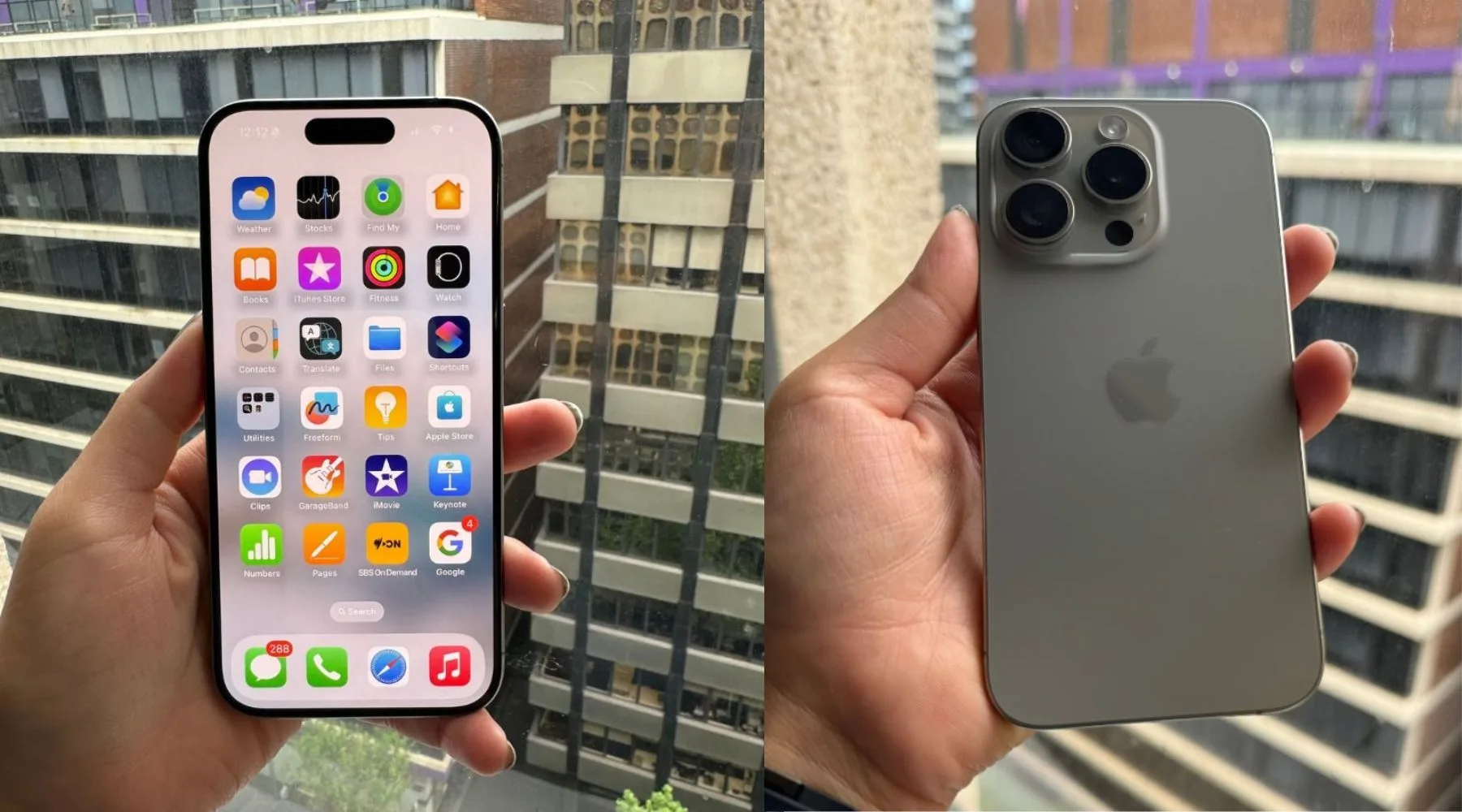
If cost isn't a concern, consider the Apple iPhone 15 Pro (or Pro Max for a larger display). The camera has minor improvements from last year, but 2 standout upgrades are notable.
Low-light shots are sharp and vibrant, as evident in balcony plant, apartment view and street photos taken at night.
Additionally, you can now convert standard photos into portraits after capturing, thanks to depth-sensing technology.
Other enhancements include an ultra-wide lens for better low-light performance and reduced lens flare with a new coating.
For photography enthusiasts, the iPhone offers exceptional low-light capabilities, easy portrait modes and a plethora of camera apps. The 48MP sensor-shift optical image stabilisation and 100% focus pixels ensure high-resolution photos.
Selfie lovers can benefit from the 12MP ultra-wide lens with a 120-degree field of view and 100% focus pixels.
7% off iPhone 15 Pro
7% off iPhone 15 Pro

If photography is important to you, it is hard to look past the S23 Ultra, Samsung's top-line model in the Galaxy S range.
It boasts a massive 200MP primary camera which far exceeds any of its competitors. This allows you to take crispy images even in low light. Rest assured, its performance in subpar lighting is at least equal to the very best in the market.
This is bolstered by a new Nightography mode which allows you to capture 30fps 8K video at night without compromise.
Portrait photography is particularly strong on this phone, with better hair detection and more realistic bokeh.
The colour saturation is arguably a little too vibrant, especially if you want absolute realism. But we think most users will like the way their images pop.
The Samsung Galaxy S23 Ultra also comes with a 100x "Space Zoom". For nature photographers this level of zoom could prove very handy indeed, although you're going to need a tripod to get the most out of this feature.
All in all, the Samsung Galaxy S23 Ultra is an excellent camera phone with an impressive suite of photographic features.
Read our full Samsung Galaxy S23 Ultra review

While it doesn't have as good a camera as the Samsung Galaxy S23 Ultra, the S23+ still packs quite a punch courtesy of a triple camera array in the back. (Namely a 50MP wide, 12MP ultra-wide and 10MP telephoto lens.)
There's also a 12MP front-facing camera that is great for taking selfies, especially if you prefer vibrant colours in your photos.
The S23+ features an advanced Nightography mode, supposedly powered by artificial intelligence. Regardless of AI's involvement, the results speak for themselves. Low-light photos are clear and full of colour whenever this mode is switched on, even in challenging conditions.
The Samsung Galaxy S23+ was released back in February 2023, so you should be able to find it below the RRP. The Good Guys is currently selling it for $250 off, for example.
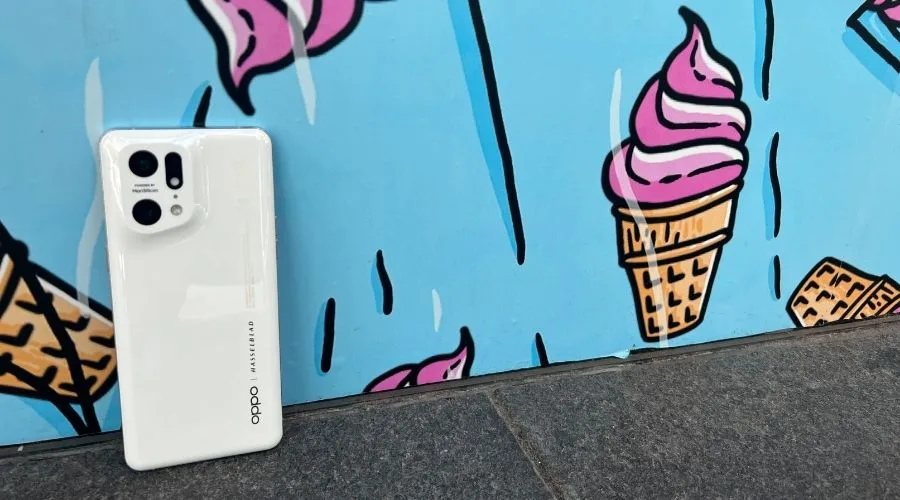
The Oppo Find X5 Pro trades heavily on its camera capabilities, with the Chinese maker heavily hyping up its MariSilicon NPU for post-processing effects.
Within the premium space, it has a point because, in most aspects, the Find X5 Pro can shoot very well indeed, whether you're after portrait shots, low-light photography or ultra-wide landscape photos.
Its solid battery life also helps in this regard, allowing you to shoot more and for longer than on some comparable handsets. Like the cheaper Find X5 Lite, battery life is very good and it benefits from fast wired or wireless charging, although you'll need to pay extra for Oppo's astonishingly quick fast wireless charger.
The only reason that the Find X5 Pro doesn't feature higher in our lists is that its telephoto lens really doesn't stand out as much as it arguably should. At anything above 5x zoom, you quickly lose quality – something that competing flagships manage a little better.
It's also a harder sell for camera enthusiasts thanks to its slick rear casing, which can make it a little easier to drop. It's also Oppo's most expensive flagship by a fair margin – well within the price space of the slightly nicer iPhone 13 Pro or Galaxy S22 Ultra.
Read our full Oppo Find X5 Pro review

Most budget phones skimp on camera quality, especially at the lower price range. Even slightly pricier models can struggle in less-than-perfect conditions.
If you want to get great results under $500, one option is to go for an older premium model. (Note: We don't mean a refurbished model, but a pre-2023 phone that you can still buy brand new from select retailers.)
The Google Pixel 6 is our top choice in this category, with superb low-light photography. Plus, you'll enjoy Google's clean Android interface with guaranteed OS updates until the end of 2024.
Read our full Google Pixel 6 review
32% off Google Pixel 6
27% off Google Pixel 6
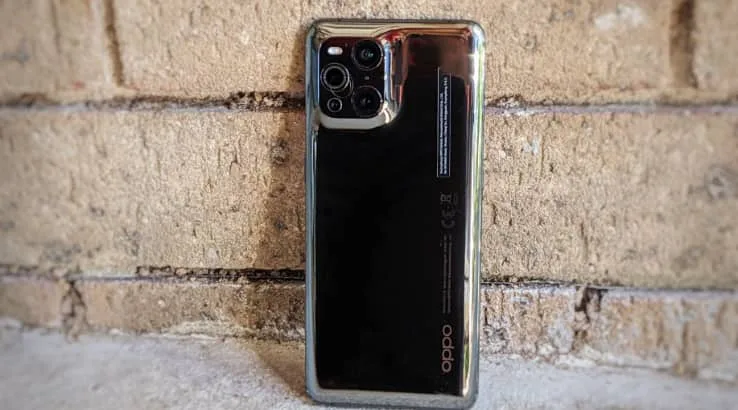
We're keenly awaiting the arrival of the Oppo Find X5 Pro into our test labs, but while we wait, we can take a close look at anything we like with the Oppo Find X3 Pro. That's because it's unique in the local market thanks to the inclusion of a 3MP microscope camera, capable of capturing the world up close. Really close, giving you a view of everything from sofas to pet hair (or sofas covered in pet hair) in a way that no other camera phone can replicate.
Is that a gimmick? Yes, it is, and you've got to be really sure it's one that you're going to use quite a lot. The rest of the Oppo Find X3 Pro's camera chops are quite good, although it does drop zoom quality relative to its predecessor and low-light quality is likewise not quite up there with the best that Samsung, Google or Apple can offer.
If you want to get in on the ground floor of iPhone photography, the iPhone SE 2022 is your best bet.
While you could buy a refurbished iPhone with a better camera for the same price, you’d be taking a big risk in terms of the battery quality and future compatibility. Stick to the new.
Equipped with a single 12MP camera, the iPhone SE relies on Apple's post-processing for quality. Fortunately, its A15 Bionic processor stands head and shoulders above similarly priced Androids.
A single lens isn't necessarily a drawback, particularly for people who just want to point and click. With only one option available, you don’t need to worry about choosing the right framing or zooming lens for the situation at hand.
What truly elevates the iPhone SE 2020 is the abundance of iOS camera apps, which can effortlessly enhance your photos. Powered by the A15 Bionic processor, it's like an iPhone 8 on steroids, but it does drain the battery quickly.
Read our full iPhone SE 2022 review

Oppo's Find X3 Neo was its 2021 entry into the more affordable camera space. It's the phone you might buy if you couldn't meet the asking price of the Oppo Find X3 Pro. That being said, we like it just a little more than the Pro in most respects. Instead of the microscope, you get both telephoto and macro lenses to play with. The 2MP macro lens isn't superb, because nobody's 2MP macro lens is superb, but it's a camera phone that delivers generally pleasing results.
However, it's worth noting that the Neo has been effectively replaced by the Find X5 Lite, a slightly less impressive camera phone. As such, the Neo is recommended only if you can find one at a good bargain price. Also keep it out of heavy rainfall, as there's no stated water resistance on board.
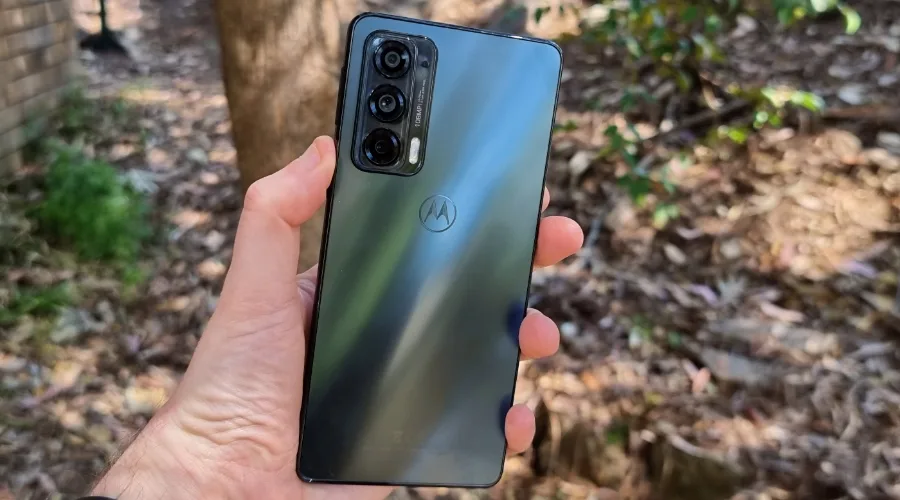
Motorola's more affordable Edge 20 handset benefits in camera terms a great deal by packing in a 108MP sensor, giving the same on-paper muscle as many of Samsung's premium flagship phones for around half the price.
The numbers aren't the whole story of course, but that primary sensor does give the Edge 20 a… wait for it… edge because it's not just about shooting massive pictures, but more about what it can do in terms of cropping, pixel binning and using that big sensor in combination with a 3x telephoto lens and 119-degree ultra-wide lens.
It's a combination that encourages photographic creativity and that's no bad thing. Motorola's not a known camera powerhouse, but the Edge 20 shows that it can make a fine camera phone at a very attractive price point. The caveats here for photography fans relate to the battery life, which could be better, and the lack of storage expansion, so if you do take a lot of photos, you'll need cloud or off-device storage to manage all of it. Finally, while it does have a very fast 144Hz display, very few apps – especially those that relate to photography – are going to make much use of it.
Read our full Motorola Edge 20 review
Compare the specs and purchasing options of each phone in the table below. (Click on "View details" for more product specifications.)
 eBay Australia
eBay Australia
Up to 60% off tech
Enjoy up to 60% off mobile phones, smart cameras, accessories and more at eBay. Hurry, while stocks last. T&Cs apply.
 Otterbox
Otterbox
Up to 50% off selected products
Get up to 50% off selected phone cases at Otterbox. Valid while stocks last. T&Cs apply.
 Kogan
Kogan
$50 off + free shipping on all iPhone 15 models, for Kogan First Members
Don't miss out on this limited-time offer at Kogan. T&Cs apply.
 Apple Store
Apple Store
Get up to $950 in credit towards your next iPhone
Out with the old and in with the new iPhone 14! Upgrade and get up to $950 in credit when you trade in your old iPhone. Exclusions, T&Cs apply.
 Green Gadgets
Green Gadgets
Save $80 on the iPhone 12 from just $439
Get a refurbished iPhone 12 for as low as $439 at Green Gadgets. Limited time offer. While stocks last. T&Cs, exclusions apply.
 Phonebot
Phonebot
$130 off + FREE shipping on Apple AirPods Pro 2nd Generation with MagSafe Charging Case
Save $130 and get FREE shipping when you order Apple AirPods Pro 2nd Generation with MagSafe Charging Case (refurbished, Grade B) at Phonebot. Limited time offer and while stocks last. T&Cs apply.
 Amazon
Amazon
iPhones from $707
Shop for iPhones and other Apple products and accessories at Amazon. While stocks last. T&Cs apply.
 Temu
Temu
Up to 90% off electronics
Save up to 90% on select speakers, headphones, keyboards, dashcams, smartwatches and other electronics at Temu. While stocks last. T&Cs apply.
 Corecolour
Corecolour
30% off Corecolour iPhone cases
Discounts applied at checkout. Valid for a limited time only. Exclusions, T&Cs apply.
 Phonebot
Phonebot
Refurbished iPhones from $149
Buy fully working, Grade A refurbished Apple iPhones from Phonebot for as little as $149. T&Cs apply/
 Otterbox
Otterbox
15% off selected iPhone 15 cases
Protect your new iPhone 15 with cases from OtterBox for less. Hurry while stocks last. T&Cs apply.
 Temu
Temu
Up to 60% off Mobile Phones
Discounts applied at checkout. Valid for a limited time only. Exclusions, T&Cs apply.
 Otterbox
Otterbox
Up to 50% off iPhone and Galaxy cases
Get up to 50% off select phone cases at OtterBox. While stocks last. T&Cs apply.
 ESR
ESR
Up to 70% off iPhone cases and more
Save up to 70% on selected full-coverage protection combo for iPhone, Samsung Galaxy and more. Hurry, while stocks last. T&Cs apply.
 Dyson
Dyson
$400 off Dyson Zone Absolute+ Noise Cancelling Headphones
Get the Dyson Zone Absolute+ Noise Cancelling Headphones now for only $699, down from $1,099. While stocks last. T&Cs apply.
 Amazon
Amazon
$250 off Apple iPhone 15 Pro (256 GB)
Get $250 off Apple iPhone 15 Pro (128 GB) at Amazon from $2,049 and now to $1,799. While stocks last. T&Cs apply.
 Amazon
Amazon
$250 off Apple iPhone 15 Pro (128 GB)
Get $250 off Apple iPhone 15 Pro (128 GB) at Amazon from $1,849 and now to $1,599. While stocks last. T&Cs apply.
 Amazon
Amazon
Up to 47% off Bose headphones, speakers and soundbars
Enjoy incredible savings on Bose's most popular products, from wireless headphones and speakers to sleek soundbars at Amazon. Hurry, while stocks last. T&Cs apply.
 Amazon
Amazon
Up to 28% off select Apple electronics
Enjoy huge savings on Apple electronics including iPhones, watches, iPads, and more at Amazon. T&Cs apply.
 Mwave
Mwave
Apple iPhone 14 from $1,399
Get an Apple iPhone 14 from $1,399 at Mwave while stocks last. T&Cs apply.
 Phonebot
Phonebot
Up to 36% off Apple iPhone 14 (refurbished)
Get up to 36% off Apple iPhone 14 (refurbished) at Phonebot while stocks last. T&Cs apply.
 MyDeal
MyDeal
Apple iPhone 14 from $1,005
Get the Apple iPhone 14 starting from $1,005 at MyDeal while stocks last. T&Cs apply.
 Big W
Big W
Apple iPhone from $679
Get Apple iPhones starting from $679 at Big W while stocks last. T&Cs apply.
 Amazon
Amazon
Up to 41% off mobile phones & smart phones
Shop up to $41% off mobile phones & smartphones like Apple, Samsung, Nokia, Motorola, and more. While stocks last. T&Cs apply.
 The Good Guys
The Good Guys
Up to $50 off mobile phones & smart phones
Shop up to $50 off mobile phones & smartphones like Apple, Samsung, TCL, Motorola, and more. While stocks last. T&Cs apply.
 eBay Australia
eBay Australia
$390 off Apple iPhone 14 Plus
Get $390 off the Apple iPhone 14 Plus at eBay from $2,049 and now for only $1,659.99 While stocks last. T&Cs apply.
 Kogan
Kogan
$200 off Apple iPhone 14 128GB
Get $200 off Apple iPhone 14 128GB at Kogan from $1,169 down to $969 for non-members and $939 for FIRST members. While stocks last. T&Cs apply.
 Phonebot
Phonebot
$100 off + FREE shipping on Apple AirPods Pro 2nd Generation with MagSafe Charging Case
Save $100 and get FREE shipping when you order Apple AirPods Pro 2nd Generation with MagSafe Charging Case (Grade A) at Phonebot. Limited time offer and while stocks last. T&Cs apply.
 Myer
Myer
Up to 33% off phone accessories
Shop up to 33% off phone accessories at Myer while stocks last. T&Cs apply.
 CrazySales.com.au
CrazySales.com.au
Up to 80% off Apple iPhone accessories
Get up to 80% off Apple iPhone accessories at CrazySales.com.au while stocks last. T&Cs apply.
 Phonebot
Phonebot
$130 off Google Pixel 6a
Shop and get $130 off Google Pixel 6a at Phonebot while stocks last. T&Cs apply.
 Dick Smith
Dick Smith
Up to 22% off Apple iPhones
Shop and get up to 22% off Apple iPhones at Dick Smith while stocks last. T&Cs apply.
 Phonebot
Phonebot
Up to 50% off Apple iPhones
Shop and get up to 50% off Apple iPhones at Phonebot while stocks last. T&Cs apply.
 David Jones
David Jones
Apple iPhones from $1499
Get Apple iPhone 15, Plus, Pro, and Pro Max from $1499 at David Jones while stocks last. T&Cs apply.
 The Good Guys
The Good Guys
Apple iPhones from $679
Get Apple iPhones from $679 at The Good Guys while stocks last. T&Cs apply.
 Kogan
Kogan
Up to 25% off Apple iPhones for FIRST members
Get up to 25% off Apple iPhones for FIRST members at Kogan while stocks last. T&Cs apply.
 Amazon
Amazon
26% off Nokia G22 4/128GB DS Andriod Smart Phone
Shop and get 26% off the Nokia G22 4/128GB DS Andriod Smart Phone at Amazon while stocks last. T&Cs apply.
 Amazon
Amazon
20% off Sony LinkBuds Truly Wireless Headphones
Shop and get 20% off Sony LinkBuds Truly Wireless Headphones at Amazon while stocks last. T&Cs apply.
 Amazon
Amazon
26% off Sennheiser MOMENTUM True Wireless 3 Noise Cancelling Headphones
Shop and get 26% off Sennheiser MOMENTUM True Wireless 3 Noise Cancelling Headphones at Amazon while stocks last. T&Cs apply.
 David Jones
David Jones
$100 off Sony WF-1000XM4 True Wireless Noise Cancelling Headphones
Shop and get $100 off Sony WF-1000XM4 True Wireless Noise Cancelling Headphones at David Jones while stocks last. T&Cs apply.
The camera is a key component of any smartphone, but in the premium space, it's often the key feature that manufacturers try to convince you is so much better than any other device you might buy. While we test every aspect of a phone in an exhaustive fashion to assess all of its strengths and weaknesses, for cameras, we've got to consider a wide array of shooting scenarios, skill levels and feature sets in a comparative sense.
Each phone's cameras are tested with hundreds and often thousands of photos taken from every available lens and in a variety of situations, taking into consideration both the more manual features that pro photographers desire as well as the more everyday needs of happy snappers who just want to point and click and get a pleasing result.
Comparing camera phones is much more than just balancing up the megapixel numbers and that's especially true given the growth in AI-led post-processing that many phones utilise to improve their imagery. Every camera phone's shots are taken off the phone in question because variable screen technologies, refresh rates and colour temperatures can make a huge difference in the effective "appearance" on a phone that may not play out on a properly calibrated display.
We also assess the real-world experience of using each phone's cameras, paying special attention to details such as comfort when shooting, especially for larger handsets, speed and accuracy in focusing and post-shot processing time depending on each camera mode.
While there are countless camera "apps" on the market for specific effects, we shoot with the manufacturer's supplied camera application in every instance because that's what most consumers will do and also because it's often the only place where specific camera modes are available to test.
For each phone review, we supply a library of images for you to examine as well as contextual information to help you judge whether a camera's capabilities are the right match for your needs.
We value our editorial independence, basing our comparison results, content and reviews on objective analysis without bias. However, Finder may receive compensation when you click some of the links on our site. Learn more about how we make money from our partners.



Does Dreamworld still deliver a good theme park experience if you're looking for things to do on family holidays to the Gold Coast?
These are the best waterproof phones you can get right now in Australia.
If you’re looking to run multiple phone numbers from just one handset, we’ve got the best picks for every price bracket and need.
Vivo is yet another brand under the BBK Electronics banner, but one with a unique eye towards phone value.
Our expert team has tested hundreds of mobile phones to find the 11 best options under $500.
Looking for an alternative to your iPhone? We've rounded up the best smartphone alternatives whether your passion is for better photography or more battery life.
5G networks, the foldable Huawei Mate X, 5-camera Nokia 9 Pureview and plenty more besides in all the the latest news from Mobile World Congress 2019.
Check out our Aspera phone reviews to find out which model from this fully Australian-owned mobile phone brand is right for you.
Telstra overshadows other networks nationally but Vodafone rules Sydney's populous urban sprawl.
See the online stores offering an unrivalled selection of mobile phone models.